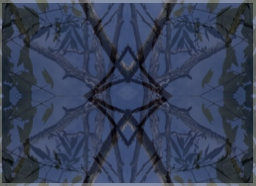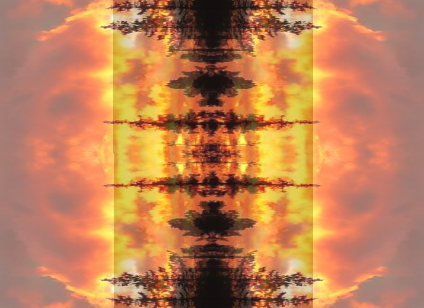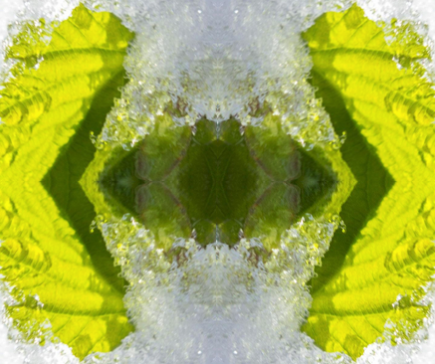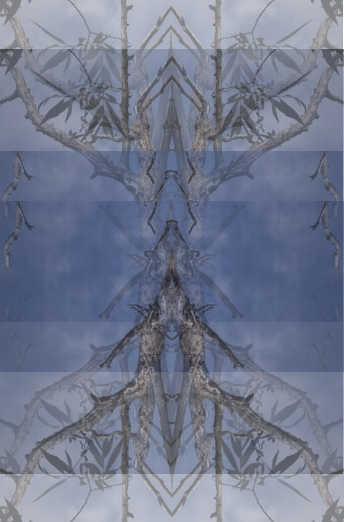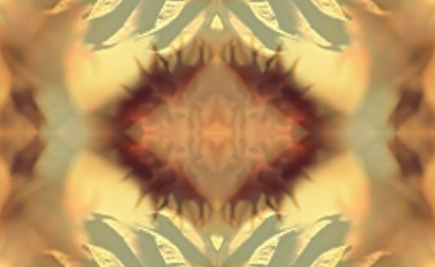
I have just spent half a year re-reading much of Jung’s work, in order to gain a more integrated perspective on his principal ideas. There is a reason why this is a sensible thing to do. Of course, I take it that Jung’s work has enough substance and relevance to be still of value today. (Anyone who doesn’t agree with that would simply ignore Jung entirely, or relegate him to a footnote in history...
